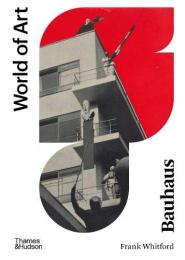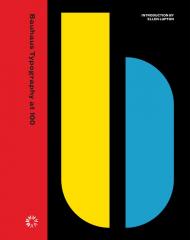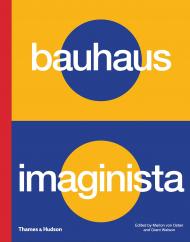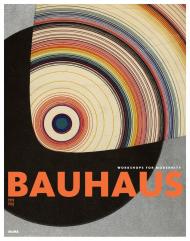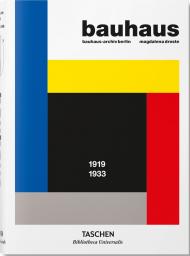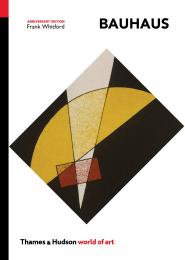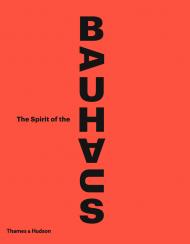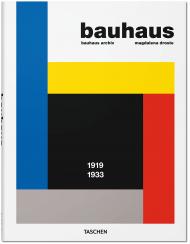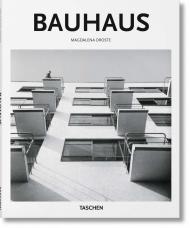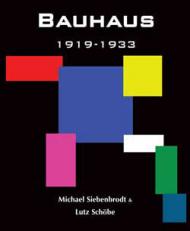Нове видання класики дизайну.
Вперше опублікований у 1991 році «Азбука трикутника, квадрата, кола» простежує походження та вплив Баухаузу (легендарної художньої школи в Дессау, Німеччина, що діяла з 1919 по 1933 роки, яка змінила архітектуру та дизайн у всьому світі) у зв’язку з дизайном, психоаналізом, геометрією, дошкільною освітою та популярною культурою.
Текст є провокаційним дослідженням цілей і досягнень школи, тоді як сама книга є маніфестом ідеалів Баухаузу, синтезуючи редакційну концепцію, типографіку та майстерність.
Редактори Еллен Лаптон і Дж. Еббот Міллер, чий міждисциплінарний підхід змінив сферу написання та дослідження дизайну, розробили цю книгу таким чином, щоб вшановувати прагнення Баухаузу. Цей надзвичайний посібник є джерелом натхнення для професіоналів дизайну та студентів і відкриттям для всіх, хто цікавиться культурою двадцятого століття.
____________
Баугауз, легендарна школа в Дессау, Німеччина, змінила архітектуру та дизайн у всьому світі. Ця книга відкрила новий шлях, коли вона була вперше опублікована в 1991 році, представивши психоаналіз, геометрію, ранню освіту та популярну культуру в стандартній політичній історії Баухаузу.
«Азбука трикутника, квадрата, кола» також представила двох молодих дизайнерів, Еллен Лаптон і Дж. Еббота Міллера, чий міждисциплінарний підхід змінив сферу написання та дослідження дизайну. З новою передмовою Луптона та Міллера ця збірка візуально та інтелектуально стимулюючих есе є обов’язковою для прочитання викладачами та студентами.
Про авторів:
J. Abbott Miller використовує дизайн для дослідження та інтерпретації мистецтва, архітектури, перформансу, моди та дизайну. Як партнер нью-йоркського офісу Pentagram, він поєднує роботу редактора, письменника, куратора та дизайнера.
Ellen Lupton є старшим куратором сучасного дизайну в Смітсонівському музеї дизайну імені Купера Г’юітта та директором-засновником програми графічного дизайну MFA в коледжі мистецтв Мерілендського інституту. Вона є автором книги Thinking with Type та Graphic Design: The New Basics.

